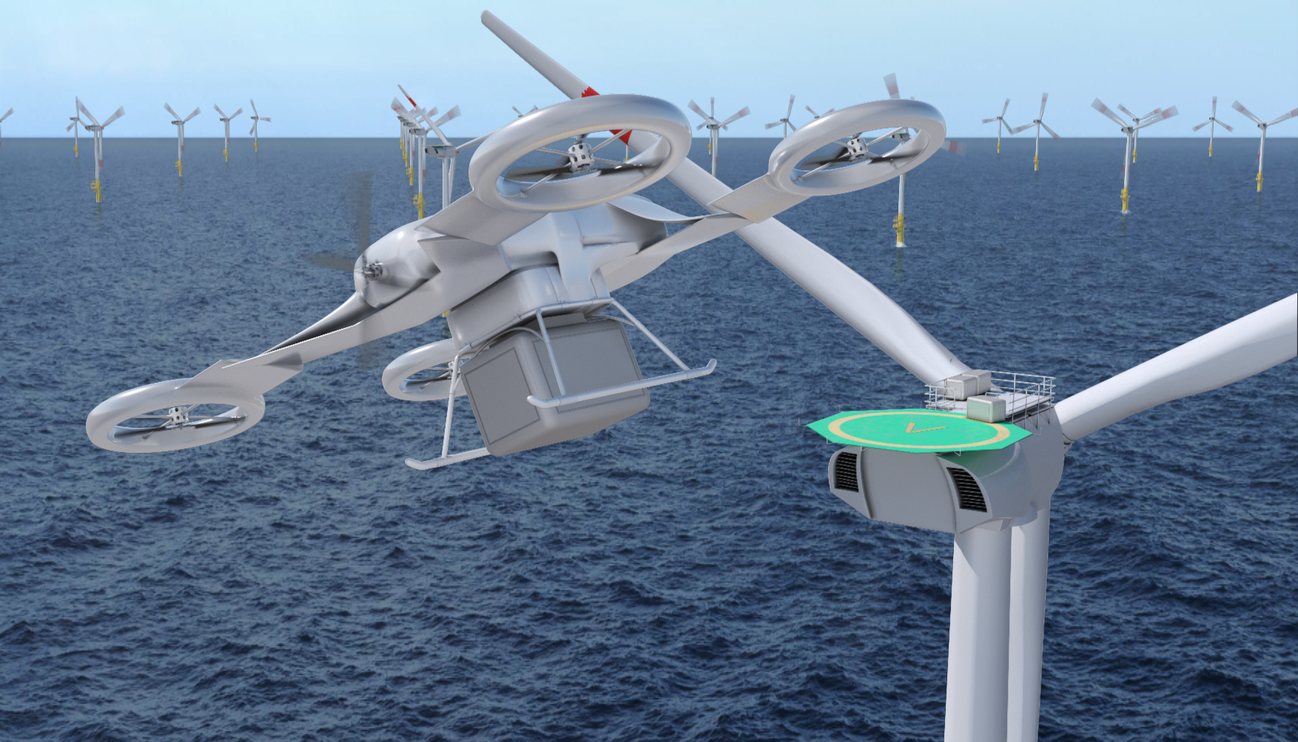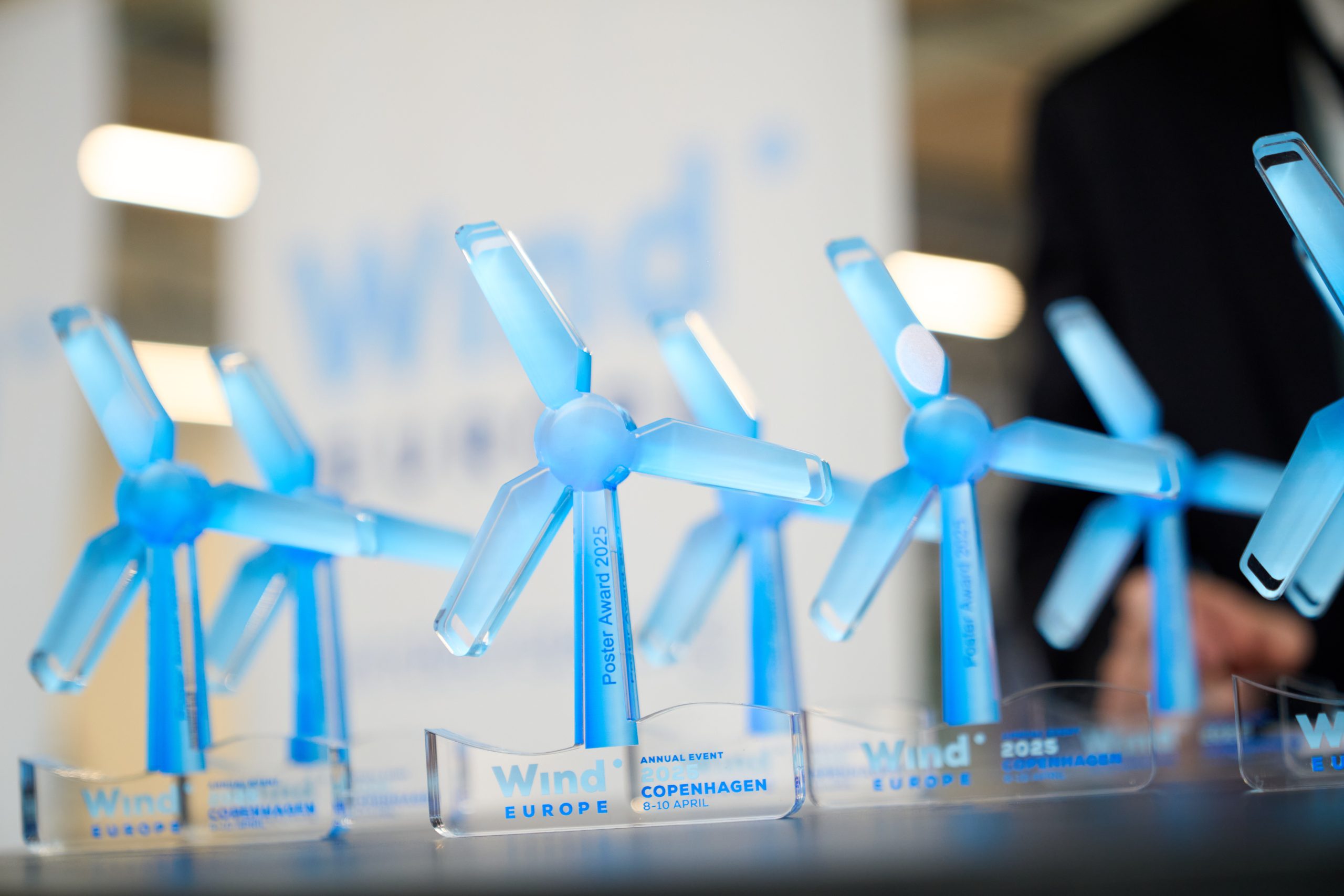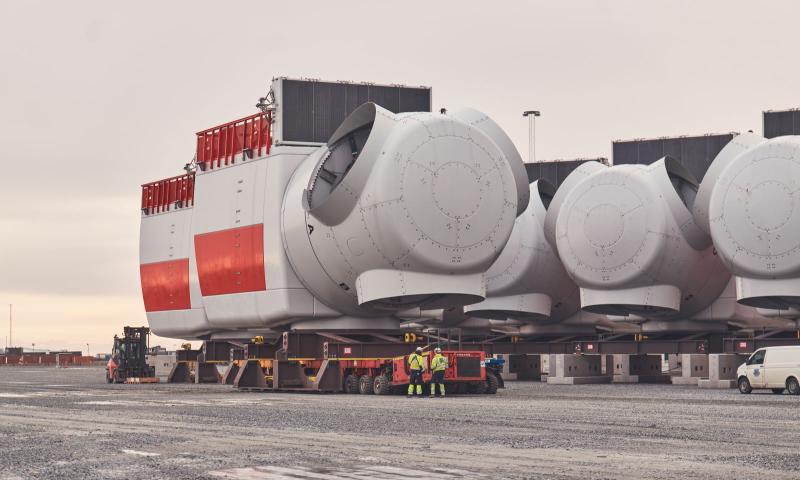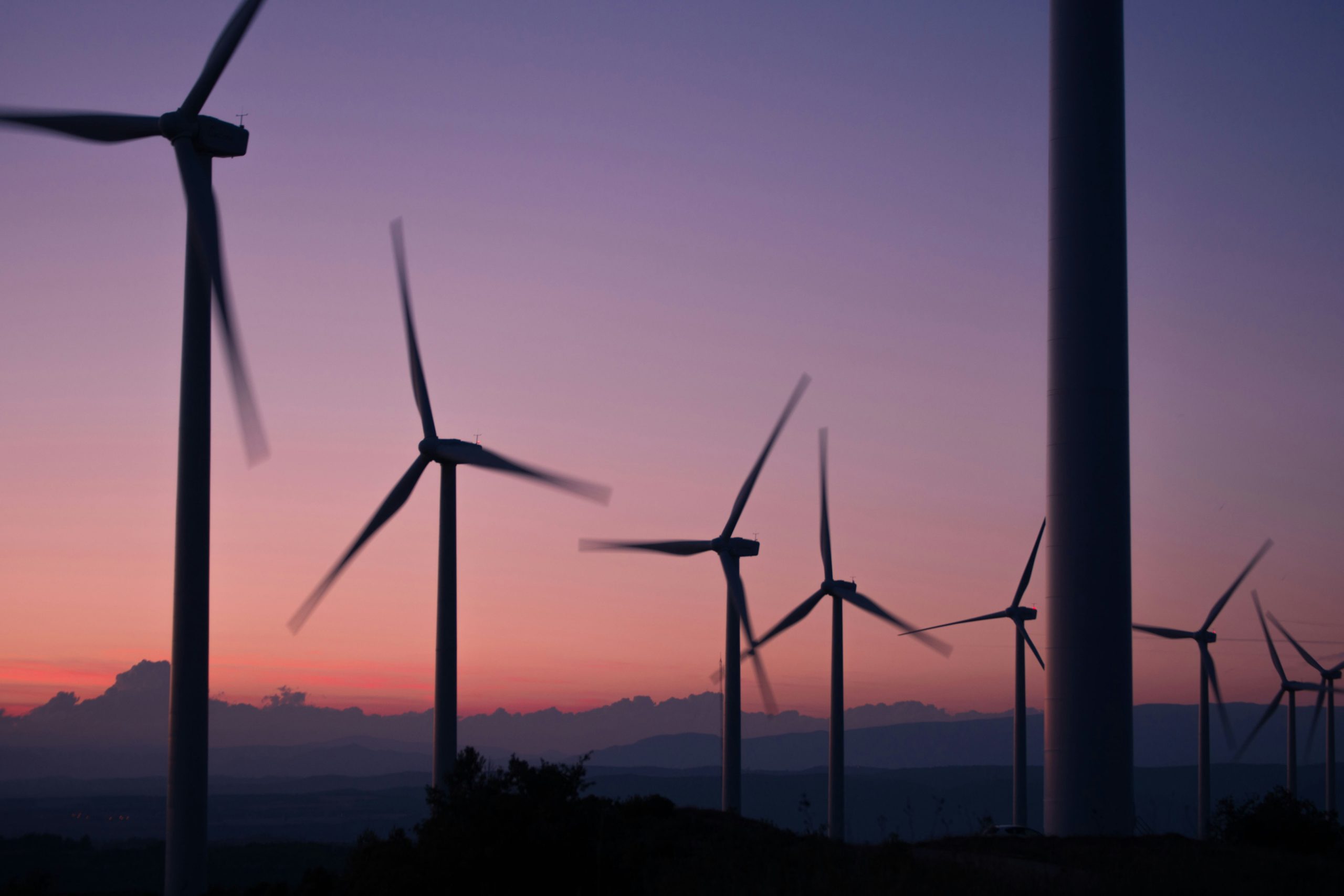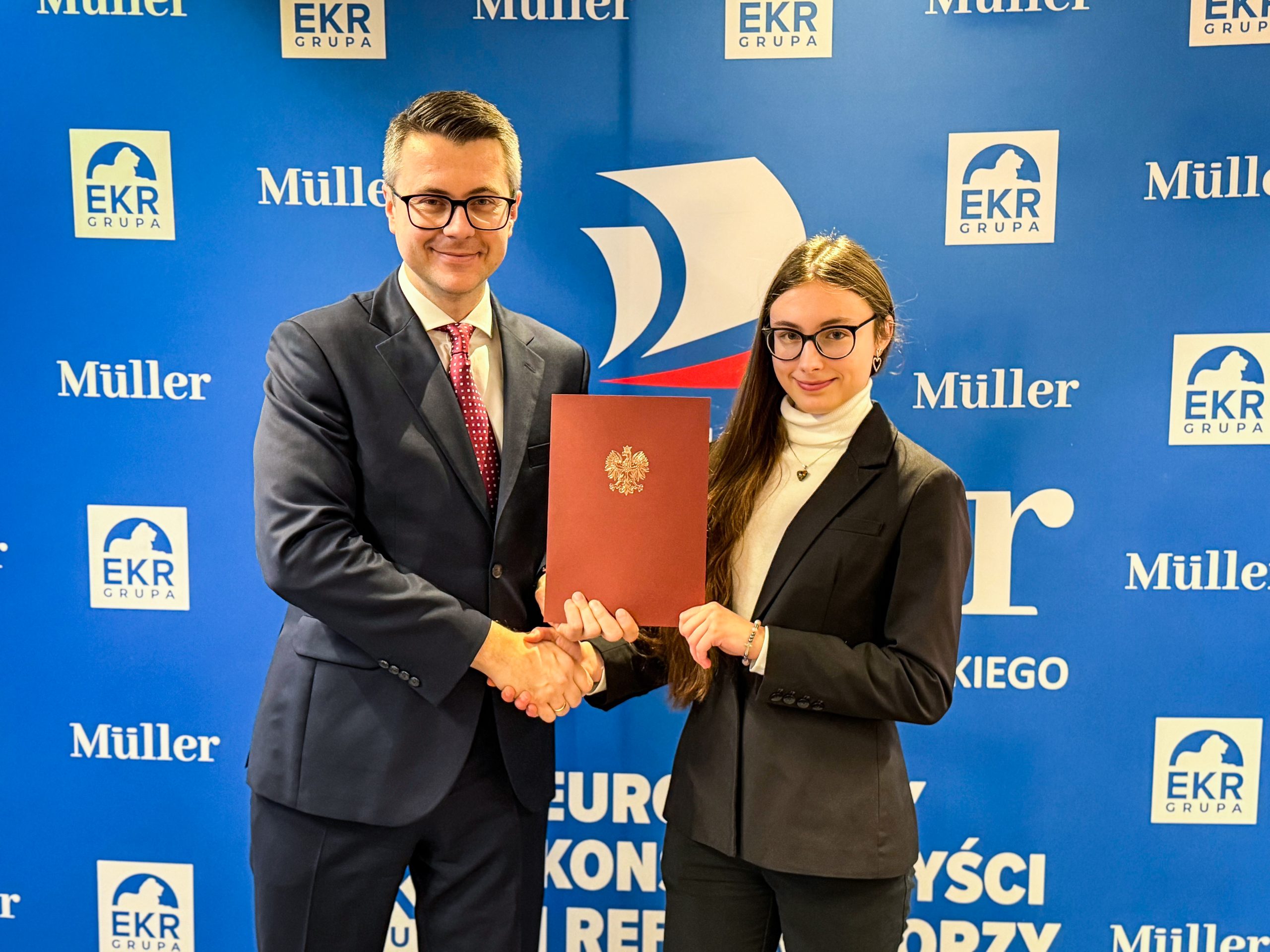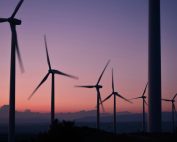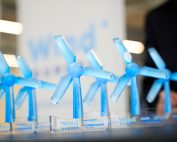Underwater robots scanning bases of offshore wind turbines and aerial drones checking their blades by air – this is a way to reduce costs of offshore wind farms operations using high-tech solutions. However, it is still unclear if robots, equipped with lasers, will be reliable and effective enough to replace human inspectors and manually installed sensors.
Detecting blade damage on time is of key importance for offshore wind farm operators as any major failure harms energy production, reduces output and generates additional costs. That’s why monitoring technologies are employed – to avoid such failures, control costs and optimize maintenance operations.
However, maintenance itself involves costs. According to João Marques, of the Portuguese INESC TEC research association, inspection and maintenance constitute up to 30% of all operation costs. “Much of this comes from sending maintenance crews out in boats to examine and repair offshore-wind infrastructure”, he said as quoted in an article dated January 20, published by the EU Research & Innovation Magazine Horizon.
Here comes the idea of using robots and remote technologies to reduce some costs. The EU-funded project ATLANTIS is testing a combination of technologies: aerial drones and underwater vehicles equipped with visual and non-visual imaging, sonars, or infrared imaging to inspect the infrastructure. The project’s test site is located on an existing offshore wind farm in the Atlantic Ocean, 20 km from the northern Portuguese city of Viana do Castelo.
“Off the coast of Portugal, a team of underwater robots is scanning the base of turbines on a wind farm and looking for signs of damage while aerial drones check the blades. The activity is part of a project to reduce inspection costs, keep wind turbines running for longer and, ultimately, reduce the price of electricity”, explain authors of the project in the article. “Research carried out by the project suggests that robotics-based technologies could increase the amount of time that maintenance vessels can work on wind farms by around 35%”, they elaborate.
“As wind turbine installations continue to grow worldwide, it is becoming increasingly impractical for traditional methods to satisfy the demand for individual turbine blade inspections,” said David Kaskie, MISTRAS Group Vice President of Products and Systems. He added: “It is essential that operators evolve their approach to blade management. The use of remote monitoring technologies like Sensoria™ can help wind energy organizations transform their maintenance orientation, moving from being reactive towards remotely tracking blade integrity with a focus on fleet-wide blade optimization and value”.
The question is, whether those technologies can identify cracks in turbine blades as effectively as verified methods used to-date. The leading one is condition monitoring (CM), relying on real-time sensor measurements. The Sensoria™ wind blade monitor from MISTRAS Group is an example of such a solution. It involves acoustic emission technology (AE), with the acoustic data being collected by sensors and data acquisition systems installed on the turbine. Rope access technicians install one sensor in each turbine blade, which operates continuously 24/7/365. The sensors are “listening” for changes in the structure of blades to indicate a crack, rupture, or other damages. Once such abnormality is detected, the sensor sends this information to a data acquisition box installed in the hub of the turbine. Then, data on the wind blade integrity is being transferred to the web-based data portal to help operators make more informed decisions on inspection and maintenance. In this case, laser technology is being used only as a secondary verification tool.
“I’m unsure how laser technology performs for cracks as a primary inspection. Either way, people will find alternatives to fill their gaps, and them being aware of tried-and-tested technology as their best option for their blades is paramount”, an expert from the sector told BalticWind.eu.
According to research funded by the EU, wind farms under robotic maintenance could increase the power output of all wind farms in the EU by 1%.
